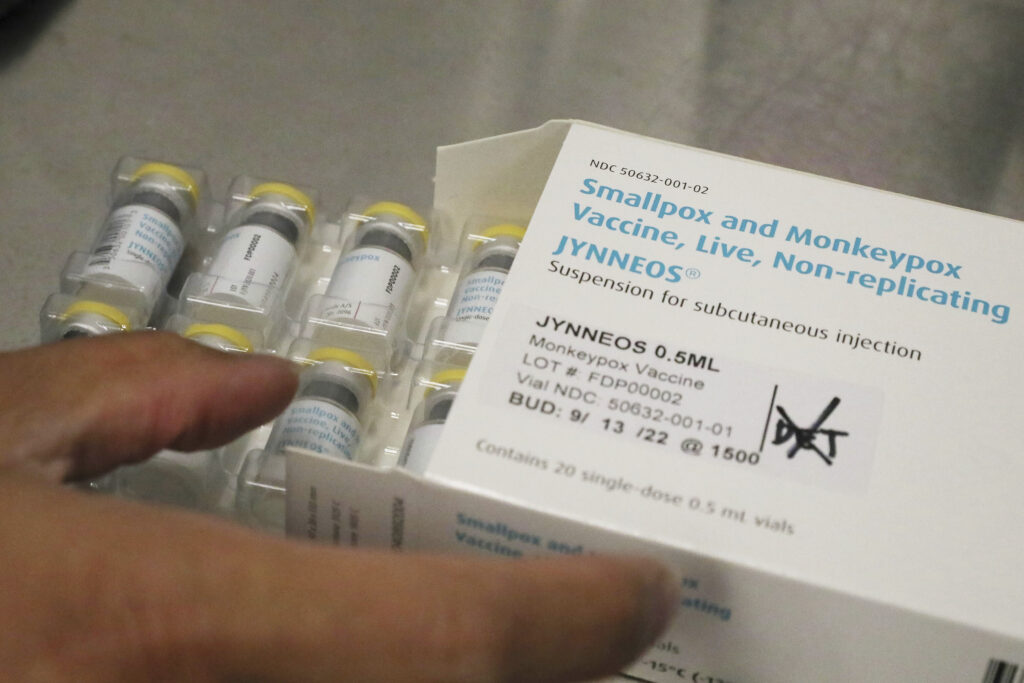Overlapping Health Emergencies threat Vaccine drives
Newslooks- CNN
This fall, the health of the nation will depend in large part on vaccines.
Health officials are banking on vaccinations to contain monkeypox and polio before those become standing threats in the United States. They’re counting on updated boosters to restore waning immunity against Covid-19. With influenza expected back in the US this fall, flu shots could be critical to prevent severe illness and keep hospitals from becoming overwhelmed.
While the federal government will facilitate getting these inoculations to states, it will be the 2,820 state and local health departments that will spearhead the work of getting shots into arms, and public health experts say it’s not clear that these offices have enough funding or staff to get the job done.
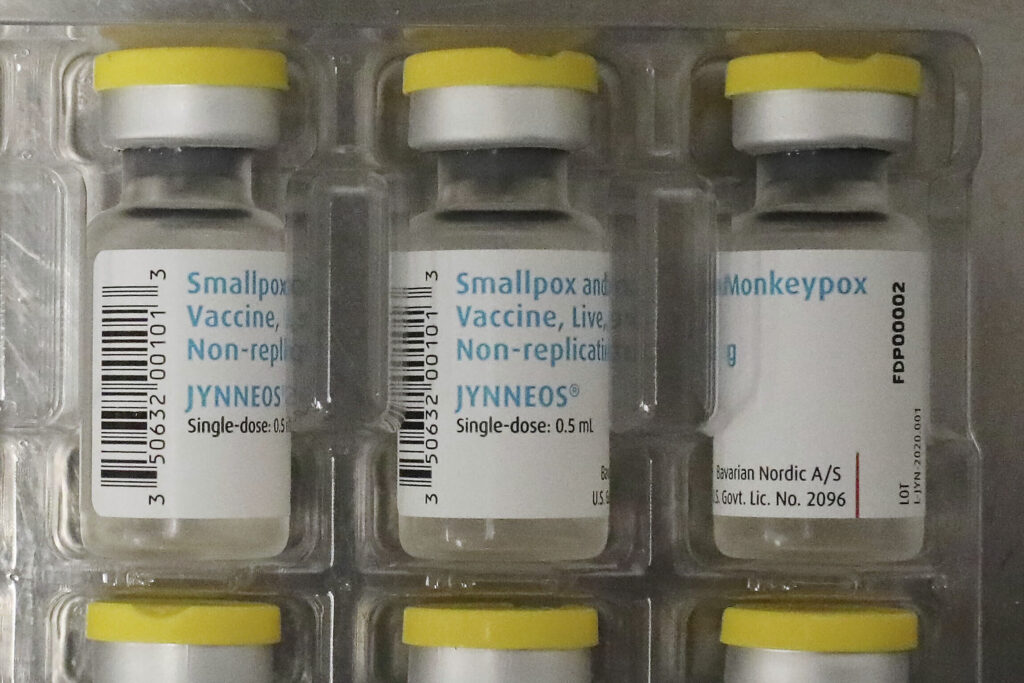
“I think it’s deeply worrisome,” said Dr. Peggy Hamburg, former health commissioner for New York City and former commissioner of the US Food and Drug Administration. “It’s hard to imagine how state and local health departments can all mobilize, and they desperately do need additional support.”
“I think we have to recognize that this is a very vulnerable time,” said Hamburg, who recently chaired a commission for the nonprofit Commonwealth Fund on how to modernize the nation’s public health system.
After almost three years of contending with vaccine hesitancy, politics and a global pandemic, the nation’s public health workers are frayed and leaving their posts. More than 1 in 4 health department leaders quit their jobs during the pandemic, some after harassment and death threats. Studies are underway to measure how deeply those losses extended to their staff.
Now, these depleted agencies are being asked to tackle new threats like monkeypox without additional funding to handle them.
‘Overwhelmed is an understatement’
Can these agencies pull it off?
“Probably not,” says Caitlin Rivers, an epidemiologist and assistant professor at the Johns Hopkins Center for Health Security in an email to CNN. “Public health is chronically underfunded and understaffed. Substantial capacity was built during the COVID-19 response – for example, contact tracing teams – but many jurisdictions have wound down that infrastructure. Covid money is largely inflexible, so it can’t really be used for other threats like monkeypox.”
The nation’s vaccinators say they are struggling.
“Overwhelmed is an understatement,” said Claire Hannan, executive director of the Association of Immunization Managers.
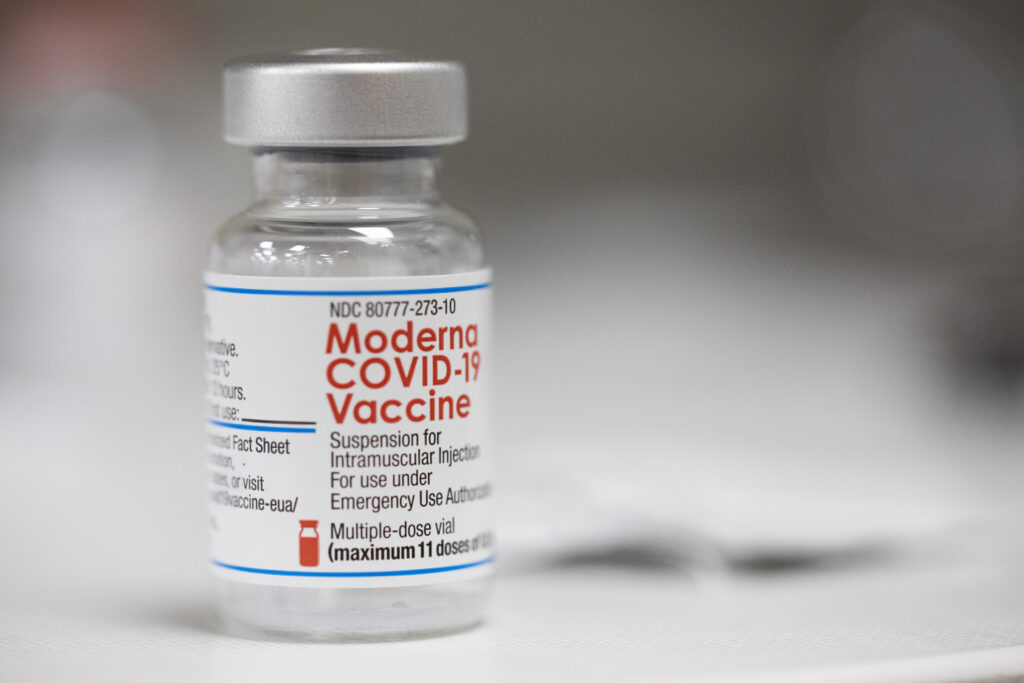
Hannan said her members have not received any funding to carry out a vaccination campaign against monkeypox. Yet they’ve just been asked the change how the vaccine is given, switching from a more familiar under-the-skin injection to a shallower method that squirts the vaccine between skin layers, something that requires training to do correctly. The hope is that intradermal shots, which require one-fifth of a regular dose, can quickly increase supplies of this hard-to-get vaccine.
As a result, immunization managers are scrambling to find money and staff to order vaccines, manually track inventory, transport shots to the locations where they’re needed, train providers, and collect and send data back to federal health agencies like the US Centers for Disease Control and Prevention.
On top of that, ordering has started for updated boosters to protect against the BA.4 and BA.5 subvariants of the Omicron strain of the new coronavirus, which have been promised to Americans by mid-September.
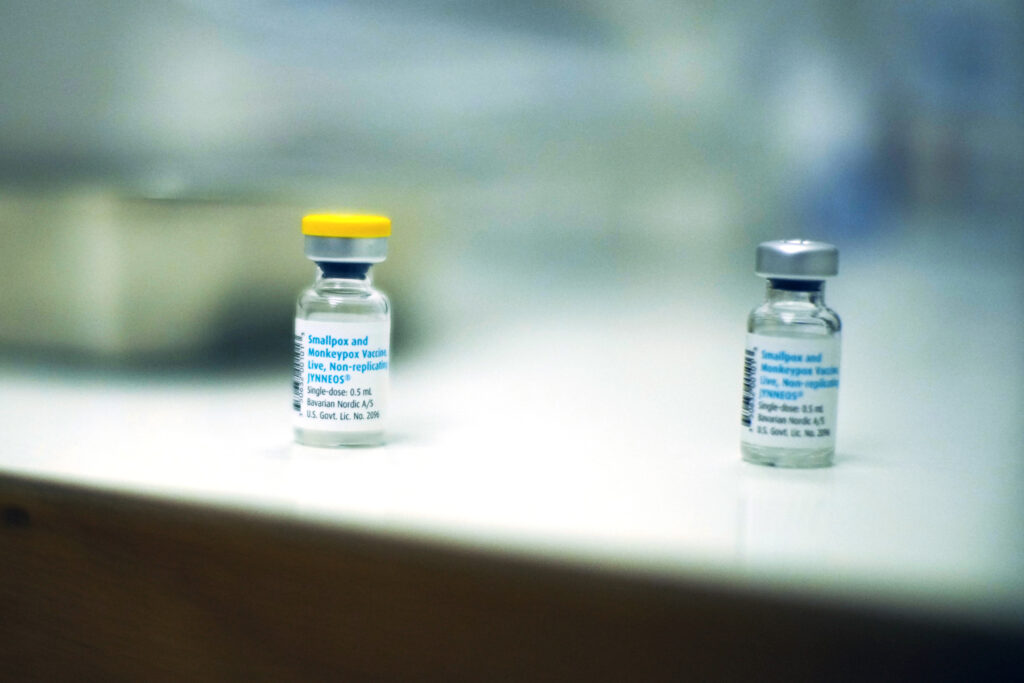
Allotments in these early orders have been smaller than anticipated, Hannan said, which is forcing city and state health officials to develop plans for who should be first in line to get them, should demand initially outstrip supply.
Additionally, many cities are currently testing their sewage for poliovirus after it was detected recently in Rockland County, New York, and New York City. If additional community spread is suspected, those areas may need to mount vaccination campaigns to protect residents who haven’t had the shot, such as recent immigrants or young children who missed routine immunizations during the pandemic.
Children typically get four doses of the polio vaccine by the time they’re six years of age in the US, but many kids have fallen behind on their shots. Globally, the pandemic led to the largest backslide in childhood vaccination rates in 30 years, according to the World Health Organization. Health officials fear the erosion of this coverage has set the stage for the return of other infectious diseases, like measles.
“A break or a gap in delivery of vaccines sets us up for further outbreaks,” said Dr. Davidson Hamer, an infectious disease specialist at Boston University.
Distrust fuels hostility and hesitancy
Vaccines are considered one of the greatest triumphs of modern medicine, second only to clean water as a cost-effective health intervention. Each year, they prevent millions of deaths around the world. In their first year of use, the Covid-19 vaccines prevented nearly 20 million deaths, a recent study found.
Yet vaccine hesitancy has increased, fueled by misinformation on social media. While more than three-quarters of Americans are vaccinated against Covid-19, 19% say they definitely won’t get a Covid-19 vaccine.
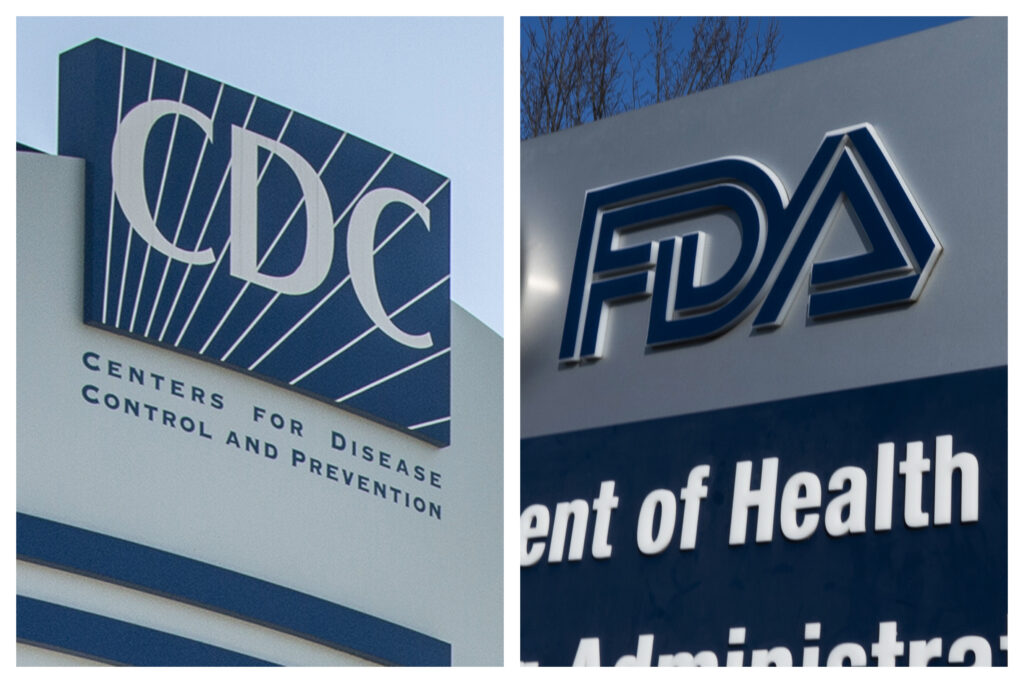
If all these challenges weren’t enough, annual flu shots are due to roll out soon, and they could be especially important this fall.
Influenza made a comeback in Australia this year for the first time since the pandemic began. United States health officials watch Australia’s flu season closely for clues about what could happen here. They’re anticipating that we could see more flu transmission this year than we have for the past two years, and flu vaccinations will be key to preventing hospitalizations and deaths.
“I think right now we have a perfect storm in the vaccine world happening in this country,” said Michael Osterholm, who directs the Center for Infectious Disease Research and Policy.
He points out that even though average daily Covid-19 deaths are much lower than they were in 2020 and 2021, the US is still averaging more than 400 a day, making it the nation’s fourth leading cause of death. Most of those deaths are in unvaccinated people, according to the CDC.
Overall, more than 1 in 5 Americans are still unvaccinated against Covid-19, and that number doesn’t seem likely to budge. Vaccination rates are mostly stagnant.

It would take a more robust public health workforce, and a better funded one, to rebuild confidence in vaccines.
A recent study by The de Beaumont Foundation, a nonprofit that works to strengthen public health, found the public health system needs 80,000 more full-time staff – a whopping 80% increase over current staffing levels – to provide basic community services, like monitoring and controlling the spread of infectious diseases.
Brian Castrucci, president and CEO of that organization, says America won’t be able to restore its public health workforce until people value and respect the work they do.
“What we’ve seen during Covid is a fringe anti-vax movement move more mainstream, endangering our nation’s safety, security and economic prosperity,” Castrucci said. “It’s going to be harder and harder to vaccinate.”
“We are privileged as a society that we haven’t seen children in with crutches from polio. No one’s in an iron lung. And it has made us somewhat numb to the potential of what could really happen,” he said. “These are virulent diseases.”

